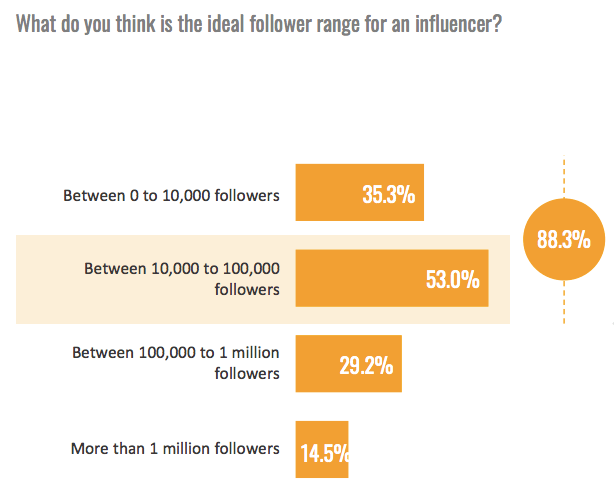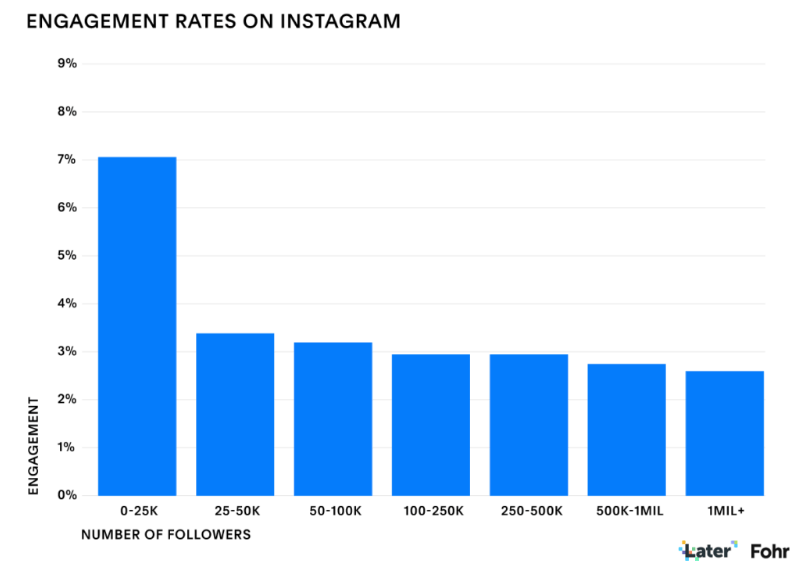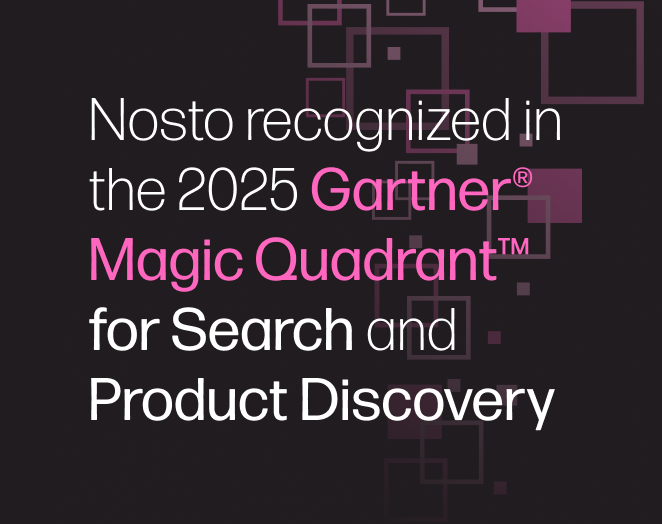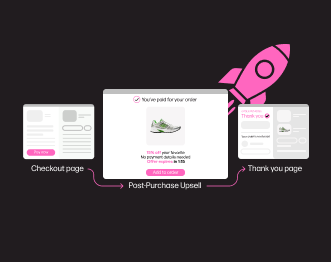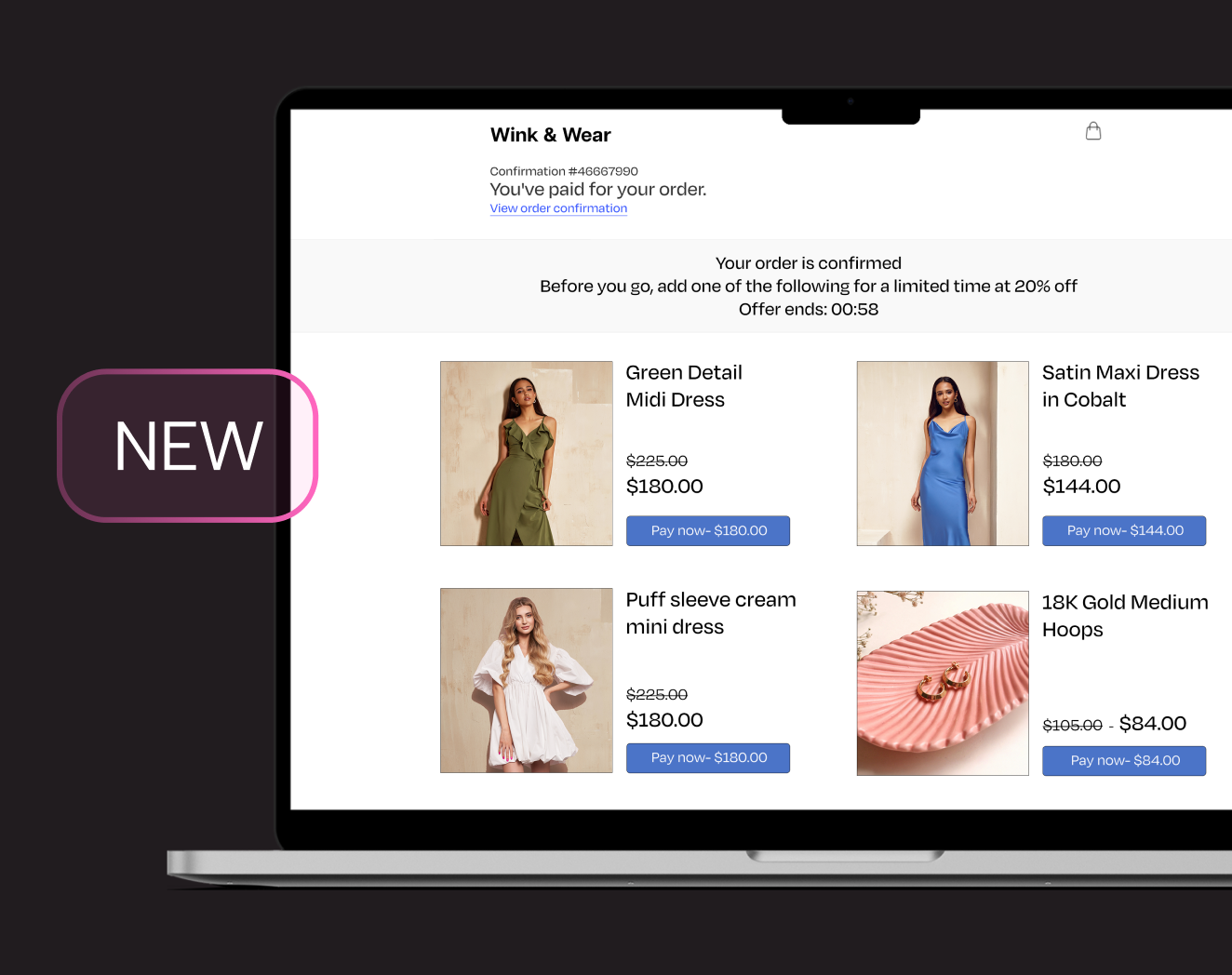5 Ways to Grow Your eCommerce Business with Micro-Influencers
Growing your eCommerce business with micro-influencers might seem like quite a challenge. Where do you even begin? You will need to find relevant influencers, reach out to them and vet them, and that’s just the beginning. You will also need them to create stellar content their (and your) followers will love.
So, how can you implement a micro-influencer marketing strategy in a way that will be most effective for your brand?
This post examines various ways you can use micro-influencers to grow your eCommerce business.
But first, why micro-influencers and not, you know, the bigger kind with larger followings?
Why Go with a Micro-influencer Marketing Strategy?
Micro-influencers can engage your target audience on a peer-to-peer level. This means that their audiences relate to them on a much more personal level and are thus more engaged and open to listening to the products they recommend. People trust the opinions and recommendations of those they feel they relate to.
And the best part?
Micro-influencers are seen as more authentic, have higher levels of engagement amongst their followers and won’t cost your business as much as a celebrity or macro-influencer would.
This knowledge seems to be catching on in the marketing world. Eighty-three percent of marketers say they prefer influencers who have less than 100,000 followers, and 53 percent say they lean towards those with 10k-100k followers.
Now that we know that getting micro-influencers to talk about your brand is a highly effective strategy for engaging target audiences, what are some specific ways you can get micro influencers talking about your brand?
Let’s find out…
5 Effective Ways to Scale Your eCommerce Business with Micro-influencers
Before we talk about the specific things your marketing team can do to boost the growth of your eCommerce business with micro-influencers, let’s talk about the step that must come first: finding them!
Today, bot accounts and “fake” influencers are still a problem. Some brands find it challenging to identify influencers who have the right target audience, engagement levels, content and reach.
Leveraging influencer agencies can help you access a list of vetted influencers actively looking for brands to work with. They can also give you detailed reports on their performance.
Another thing you can do is use a user-generated content tool to search for the people who are already out there talking about your brand and convert them into loyal advocates. This is made even easier with creator community-building tools like Stackla’s Organic Influencers capability, allowing you to quickly discover and engage with micro-influencers who are already tapped into your brand and audiences.
Once you have gathered a community of creators for your brand, you can try running these campaigns:
1. Run a Referral Program
A referral program on its own can help you expand the reach of your brand at a low cost. When combined with an influencer marketing program, it has the potential to grow your eCommerce business exponentially.
You have to start by identifying brand advocates.
Ensure the micro-influencers you want representing your brand have good reach and that they continuously share great experiences they’ve had with your products. Then, ask them to recommend your products to their followers; you might even give them the option to offer incentives or discounts.
Some additional things you can do to run a referral program with established micro-influencers are:
- Ask them directly to promote your referral offer.
- Partner with them as affiliates of your brand.
- Use a branded hashtag and ask the micro-influencer to promote it.
2. Give Promo Codes
Promo codes can play a big role in boosting your sales through marketing campaigns.
Promo codes are one of those marketing strategies that can start delivering results almost instantly. They can incentivize customers who might be on the fence to decide to convert—boosting sales as a result.
But, a way to make them even more effective is by using them in tandem with a micro-influencer campaign.
You can give the micro-influencers you decide to work with a promo code to promote on their active channels. Have them write a little caption on their positive experiences with your product(s), sharing the code, which their followers/fans can then use to purchase products on your site.
Offer a significant discount and ensure that each influencer gets a unique code. This helps their followers feel like the deal they’re getting is exclusive and in turn, incentivizes them even more. This strategy also allows you to track the performance of each unique code to see which micro-influencers had the most conversions so you can continue to work with those who boost your revenue.
3. Create Targeted Video Content
Another great way to grow your eCommerce business with micro-influencers is through the use of videos. Video content can communicate crucial information in a digestible and engaging format. Partnering with micro-influencers can make your videos even more compelling.
But how can you leverage videos to grow your eCommerce business with micro-influencers?
First and foremost, allow the authentic voice of the micro-influencer(s) you’re working with to be the main focus—that’s what people resonate with. Talking too much about how great your products are might have the opposite effect and turn people off. Try having the micro-influencer talk about a pain point they had and how your product helped them solve it.
Here are some types of videos you can create with a micro-influencer:
- Video testimonials and reviews of your product(s)
- Captivating video narratives that position your products as industry leaders
- Experiential videos of micro-influencers going out on the town, traveling, trying something new, etc. with your product subtly featured as part of the story
- How-to videos, demos and tutorials
- Unboxing videos
Make sure to include convincing calls-to-action (CTA) at the end of the video. Place a link in the description that directs them to learn more about your brand or takes them to a specific product page prompting them to make a purchase. Doing this can drive traffic to your website and help boost rankings as well as sales.
4. Create a Community for Your Brand Fans
Which type of content has the most influence on consumer purchase decisions? User-generated content (UGC) does. About 79 percent of consumers say this type of content highly impacts their purchasing decisions.
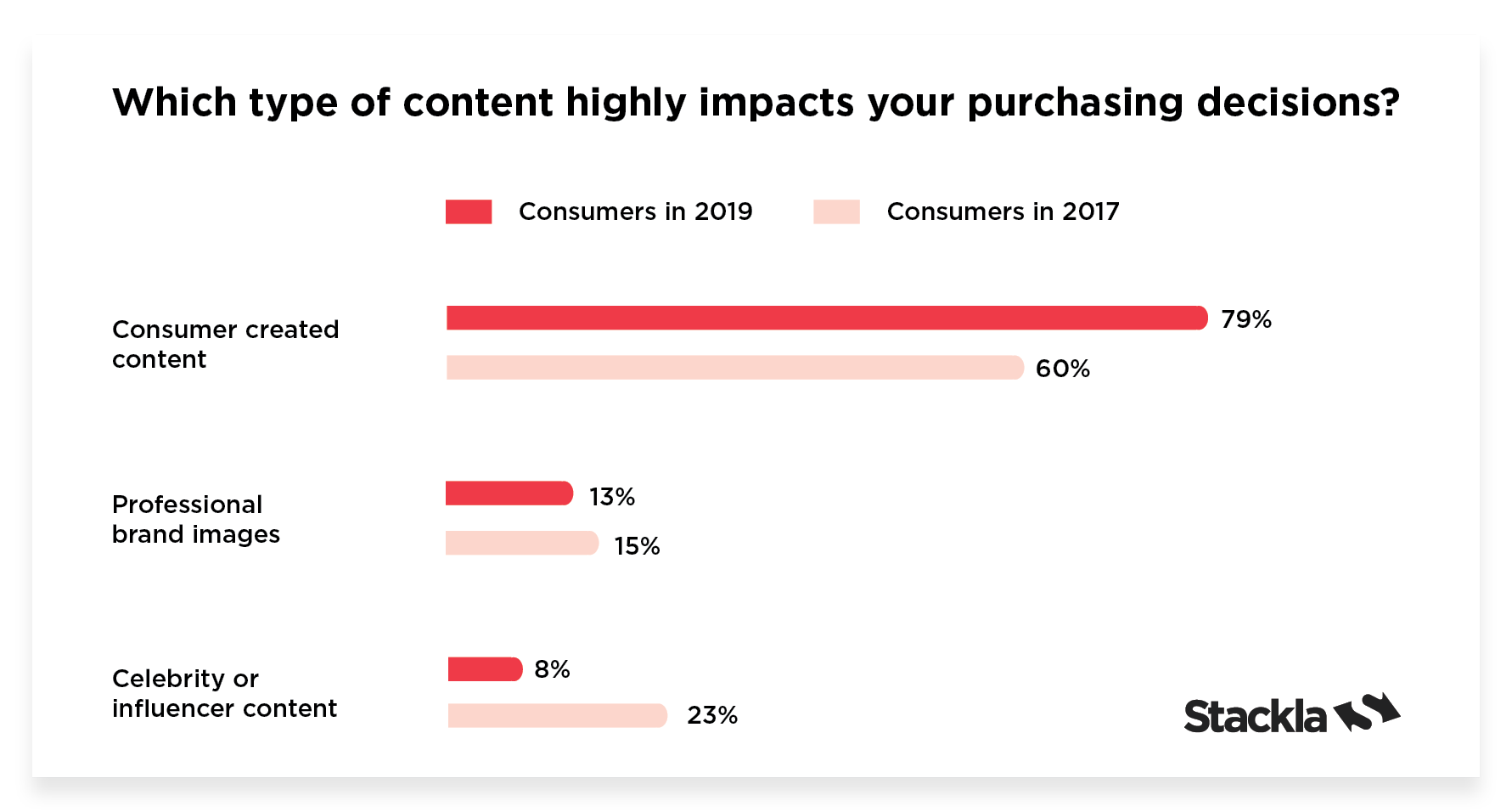
We mentioned earlier how a tool like Organic Influencers can help your marketing team pinpoint micro-influencers who are already talking about your brand and enable you to bring them all together to form an engaged brand community. But how can you encourage these creators to generate UGC for your brand and how can you leverage that content to grow your eCommerce brand? Here are some suggestions:
- Aggregate, get the rights to and re-share content that micro-influencers have already produce for your brand across your digital touchpoints.
- Invite those micro-influencers who are already posting about your brand to sign up as part of your brand community and receive prompts to create content.
- Involve micro-influencers in your brand’s UGC hashtag and social contests.
- Invite micro-influencers to create more content for your website, blog and social media accounts by telling them the type of content you’re looking for.
- Organize a Q&A session and invite micro-influencers to become part of the conversation.
5. Track Micro-Influencer Performance
After doing all of those things, the one thing you must be sure to not forget is tracking the performance of your micro-influencer strategy. Otherwise, how will you know if it’s actively helping grow your eCommerce business?
Among your team, try to establish one or two solid goals you hope to achieve before running a micro-influencer campaign. Based on these goals, you’ll also be able to define metrics that you can use to track their performance. This way, you can tell if the influencers you work with are helping you achieve those goals.
What are some things you can do to track performance?
- Give micro-influencers unique promo codes
- Create trackable links and keep them organized by labeling them to a specific campaign or influencer
- Personalize each micro-influencer’s landing pages and track views.
- Set parameters so you can trace leads back to a specific micro-influencer’s audience.
Leverage Google Analytics or other analytics tools to help you visualize the data collected from the campaigns.
The reports you set up for micro-influencer campaigns can help you identify traffic sources, revenue generated, impressions, engagement, leads, return on investment and more. You can also use the insights from the data to further optimize your micro-influencer strategy for even better results.
Leverage Micro-influencers to Grow Your eCommerce Business
Now you know what tactics to use to grow your eCommerce business with micro-influencers. However, remember to be strategic when finding influencers.
Without the right influencers, even the best of strategies won’t work. Also, make sure you track their performance so that you only partner with those who actually deliver.

